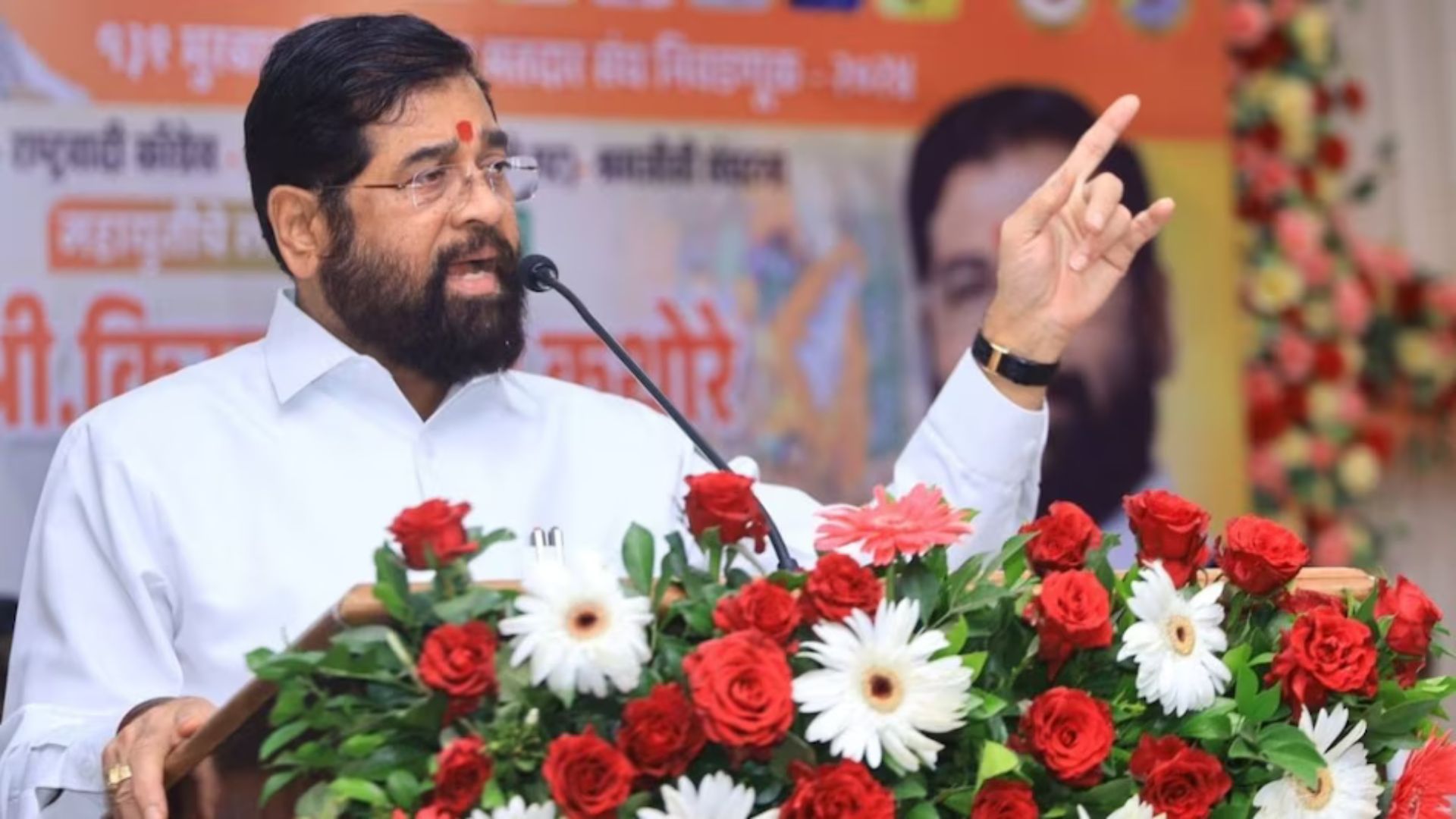
Bitcoin mining demands infrastructure similar to data centres, much as gold mining requires heavy machinery and specialized tools to extract the precious metal from the soil. These computers create new Bitcoins by solving mathematical challenges provided by Bitcoin’s algorithm. Click this URL for more info.
To be successful, miners need to resolve three challenging mathematical issues: the hashing problem, the byzantine general problem, and the double-spending problem. For more info, you can follow BitQL. Besides, you should also know some of the key aspects of Bitcoin mining, and in the next segment we will be discussing the same.
Understanding hash is the first step in learning how to mine Bitcoins. An arbitrary length input is used to generate a random output of fixed length using a hash function. A constant output may be generated from a continuous infusion, but a significant shift in the result can occur with even a single character change. This prevents the production from being used alone to determine the input.
The miner must first use the information in the block header to solve the complicated mathematical problem, the hash. Timestamp, version number, a hash of the previous block, a hash of prior transactions, a hash of the intended block, a hash of target, and nonce make up a block’s header.
Bitcoin miners concentrate on a sequence of numbers called the nonce. The contents of the preceding block are hashed, and this string of numbers is appended.
Learning about distributed timestamp servers is essential to understanding the Byzantine General’s Problem. When a Bitcoin block is mined and authenticated by the blockchain network, a small amount of coded data is stored in the league, and its primary purpose is to establish the exact moment at which the block was mined.
The miners have developed a Proof of Work technique called Hash Cash to confirm transactions and link blocks on the blockchain, overcoming this issue. To determine the next block’s unique cryptographic hash value, the network’s nodes must perform complex mathematical operations, which consume much processing power. A miner will announce their solution to the network once they have found it.
To confirm a transaction and add it to the next block, it must be accepted by at least 51% of the network’s miners. Your only hope is that most miners will approve your block before anybody else’s.
If you pay for your coffee using fiat currency and try to convince the cashier to give it back to you, they won’t. But the rules are different for digital currency.
By broadcasting each Bitcoin transaction to the Bitcoin network of nodes and confirming it using a consensus process, in this instance, the Proof-of-Work method can quickly address the double spending issue thanks to Bitcoin’s underlying blockchain technology.
These transactions are divided into blocks and linked sequentially. As a result, all network members have access to the timestamped log of every transaction, and fraudulent transactions are quickly identified, investigated, and rejected.
Attacking at a Ratio of 51%
The Bitcoin blockchain is complicated to counterfeit or duplicate. Hackers are attempting to circumvent Bitcoin’s verification system using techniques such as out-computing the blockchain’s security mechanism and double-spending, in which a spoofed transaction log is sent to the seller, and a legitimate one is sent to the Bitcoin network.
What Causes a 51% Attack?
Like an unconfirmed transaction, every outbound transaction eventually winds up in a mining pool. Miners may then choose certain transactions from the mining pool to include in a block.
For the proper solution to be recognized by the network of miners, all transactions included inside the block must be legitimate according to the blockchain’s current record. However, fraudulent miners don’t share the correct answer with the network, creating a new blockchain only utilized by the fraudulent miner.
A malicious miner will keep updating a private copy of the blockchain and fooling everyone else. This will prevent the fraudulent miner from spending funds on the identical blockchain and allow them to spend on it.
Conclusion
Mining for bitcoins is a resource process that involves specialized mining hardware competing to solve complex mathematical challenges. Bitcoin will be given to the miner who is the first to figure out the solution to the riddle. The process of mining bitcoin also certifies transactions on the network for the Cryptocurrency, which lends credibility to such transactions.














